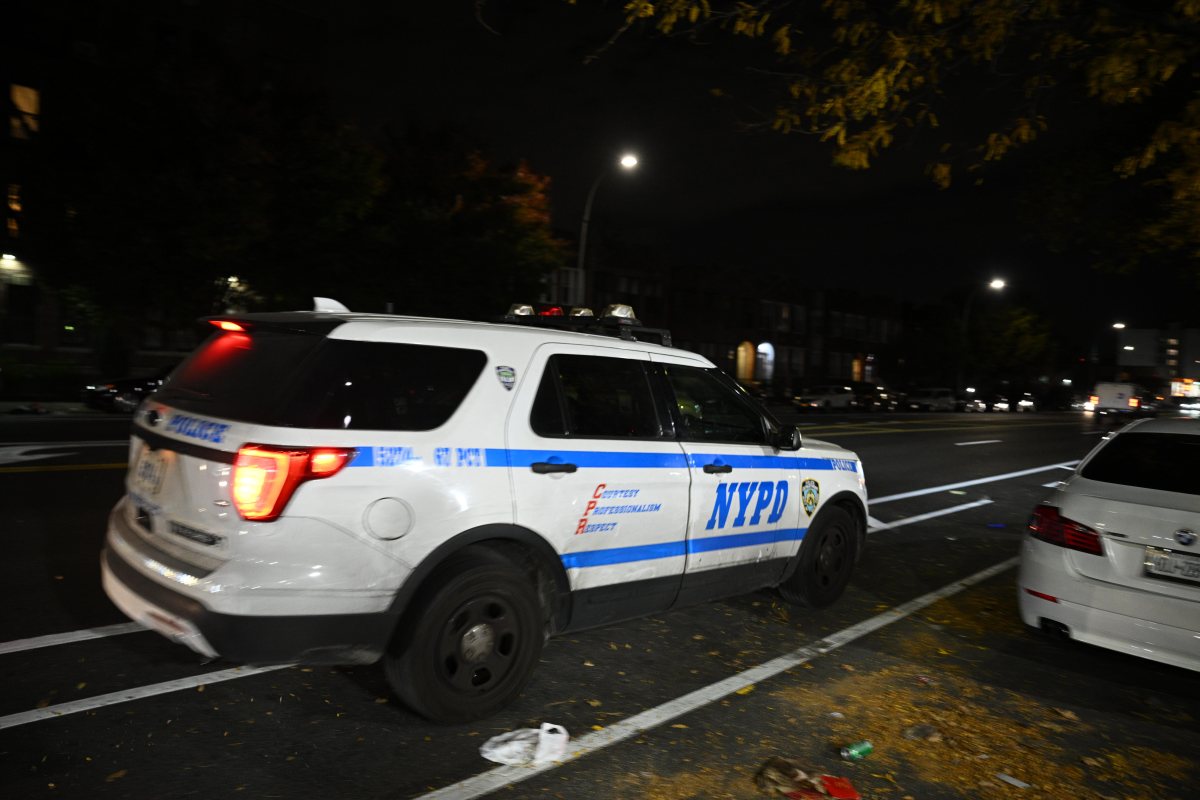The next generation of public phone stations, which ditch the handset for high speed Wi-Fi, have begun to pop up in Manhattan and they’re set to go online in a matter of weeks.
Beta testing of the LinkNYC Wi-Fi kiosks, which will replace almost all of the city’s 6,000 remaining pay phones, begins when about 10-15 of the high-tech hotspots are installed this month on Third and Eighth avenues above 14th Street and below 58th Street.
The kiosks boast speeds up to one gigabyte per second with a 150- to 300-foot range; they offer free domestic phone calls, a dedicated 911 call button, and USB charging slots. In February, the city will begin testing an Android-powered touch screen built into the station that offers a variety of apps, including maps and city alerts.
Hundreds more LinkNYC kiosks will roll out across the city for beta testing by July.
Sundeep Rangan, the director NYU Wireless, a research institution at NYU Tandon School of Engineering, hailed the significance of the moment for the digital infrastructure in New York City.
“Other cities have done public Wi-Fi, but New York is so huge if they get it done correctly, it will make a huge impact,” he said.
Two years ago, the city awarded a 12-year contract to CityBridge, a group of communication and tech companies such as Qualcomm and Intersection, tasking it to transform the 6,000 pay phone kiosks that have been rendered nearly obsolete over the years into free Wi-Fi stations.
The consortium revealed the nine and a half foot, aluminum LinkNYC prototype in November 2014. There will be 7,500 total kiosks citywide by the summer of 2024. Each kiosk might be upgraded with additional features such as video calling.
Colin O’Donnell, CityBridge’s chief technology officer, said the kiosks, which will be funded through advertising, sponsorships and partnerships, and the fiber-optic network that they run on, will be fine tuned according to public feedback among other factors.
“We are doing a lot of ongoing planning, and a lot of thoughtful rollouts,” he said.
To give it a try, one needs to log on to the LinkNYC network with their device and give a one-time approval. Users are
encouraged to give feedback at LinkNYC’s website and through social media, 311 and other avenues.
Following the initial installation, the city will beta test units by July above 125th Street, in the South Bronx, Jamaica, St George and around Downtown Brooklyn running along Flatbush Avenue.
Rangan said the locations maximize the potential for success because they are highly populated and span all five boroughs. He expects the rollout to be a success and LinkNYC will ease network congestion that slows speeds in New York City.
“That number of Wi-Fi access points at the city of this size is a huge technological achievement,” he said.



































